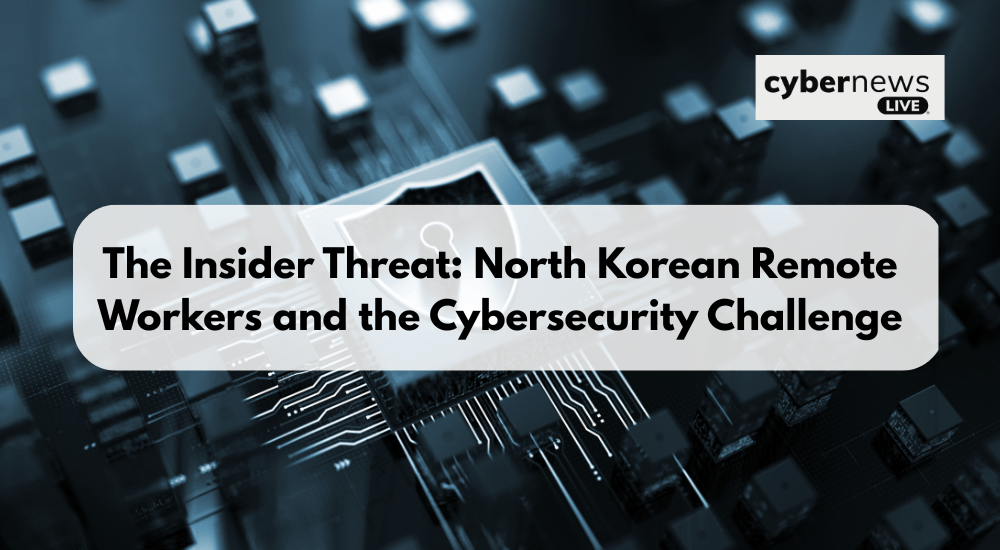
The Insider Threat: North Korean Remote Workers and the Cybersecurity Challenge
North Korean remote IT workers have emerged as a sophisticated and persistent insider threat to organizations worldwide. Leveraging the global shift to remote work, these operatives infiltrate companies under false identities, often using advanced AI-driven deception, deepfakes, and front companies to secure employment. Once inside, they exploit privileged access to steal sensitive data, facilitate cyberattacks, and, increasingly, extort organizations by threatening to leak proprietary information unless ransoms are paid.
This threat is no longer confined to the United States. Recent intelligence indicates a significant expansion into Europe and Asia, where North Korean operatives are involved in a wide range of technical projects, including web development, blockchain, and advanced AI applications.
Their activities not only violate international sanctions but also pose severe risks of espionage, data theft, and operational disruption, directly supporting the North Korean regime’s military and financial objectives.
Organizations must recognize that hiring remote IT workers now carries heightened risks and demands rigorous identity verification, vigilant monitoring, and cross-functional collaboration to detect and prevent these advanced persistent threats.
This article explores the tactics, risks, and countermeasures associated with this sophisticated threat.
The Scale of the Threat

North Korean cyber operatives have refined their tactics over the years. Initially, their main objective was to secure remote IT jobs to divert salaries and cryptocurrency to the regime. However, recent trends show an escalation in both sophistication and ambition. These IT operatives have successfully infiltrated thousands of companies worldwide.
Cybersecurity firms, such as Mandiant (Google), CrowdStrike, and DTEX Systems, along with government agencies like the FBI and CISA, report that hundreds, possibly thousands, of companies worldwide, including many Fortune 500 companies, have unknowingly hired North Korean IT workers. Some estimates indicate that nearly every major company has been targeted by job applications from these operatives. This global expansion signifies a broader and more challenging threat landscape.
How North Korean IT Workers Infiltrate Companies
North Korea’s remote work fraud is unprecedented in scale and sophistication. It relies on a synergy between cyber deception, insider access, and global logistics. Hackers create fake LinkedIn and freelance profiles using stolen or fabricated personal data. These profiles are enhanced by AI-generated photos and deepfake videos, allowing operatives to impersonate real job candidates. This combination of generative AI, identity theft, and social engineering helps bypass even rigorous hiring processes.
Once hired, operatives request work laptops to be shipped to U.S. “front” addresses. These addresses are managed by paid Americans running “laptop farms.” In these farms, dozens, sometimes up to 90, company-issued laptops stay powered on and connected. This setup allows North Korean workers to access corporate systems remotely, making it appear as though they’re in the U.S. It masks their true identities and enables continuous insider access.
The combination of AI-powered deception, complicit American facilitators, and the use of laptop farms has enabled these operatives to infiltrate companies across the U.S., Europe, and Asia. Their actions siphon millions in salaries to fund North Korea’s weapons program. They secure roles in web development, blockchain, artificial intelligence, and other technical fields. This coordinated approach exploits vulnerabilities in the remote work ecosystem. It makes the North Korean IT worker threat uniquely difficult for organizations to detect and counter.
Mitigation Strategies
Organizations should view the growing threat from North Korean IT workers as a call to strengthen insider risk management. The following measures can help mitigate these risks:
Establishing a Robust Insider Risk Management Program
Organizations should establish a formal insider risk management strategy. This involves establishing clear, enforceable policies, training senior leadership to recognize and address insider threats, and setting up well-defined organizational structures and governance mechanisms. Ongoing employee training is also crucial in fostering a security-conscious culture throughout the organization.
Cultivating a Security-Minded Hiring Process and Culture
Organizations must adopt rigorous, proactive measures to mitigate the threat of malicious insiders. This includes conducting thorough background checks, requiring on-camera interviews for direct candidate engagement, and reviewing employment history in detail. These steps help identify red flags that could signal ties to hostile nation-states or fraudulent credentials.
Securing Remote Work Practices
With the proliferation of remote and hybrid work models, organizations should implement stringent identity and location verification procedures for remote employees. Particular attention should be paid to anomalies, such as sudden changes in shipping addresses or resistance to in-person verification steps. Whenever feasible, organizations should require physical presence for device pickup to reinforce authenticity and reduce exposure to impersonation risks.
Monitoring Insider Risk Activities
Security teams need the right visibility, tools, and logging capabilities to detect and respond to data exfiltration or unauthorized access. Proactive detection mechanisms should be in place to prevent incidents from escalating. Additionally, organizations must incorporate insider risk considerations into their overall incident response and recovery plans to ensure a swift and coordinated response in the event of a breach.
Conclusion
The North Korean remote IT worker threat is a persistent, well-organized, and multifaceted challenge for organizations worldwide. It underscores the need for robust insider threat programs, vigilant hiring practices, and ongoing cybersecurity education to protect sensitive assets and maintain operational integrity.
Don’t let cyber threats catch you off guard. Follow Cyber News Live for real-time updates on the newest threats, trends, and defenses.

